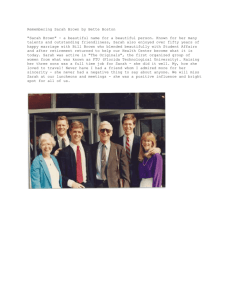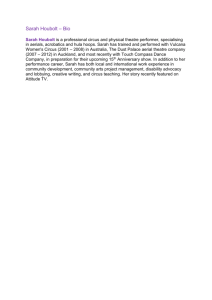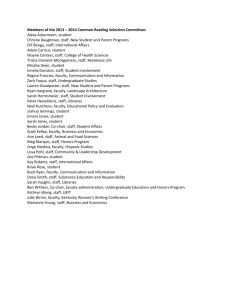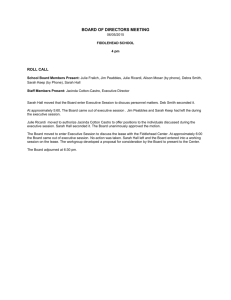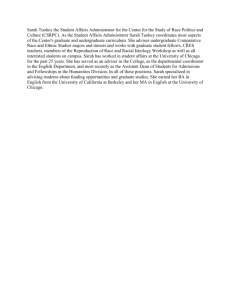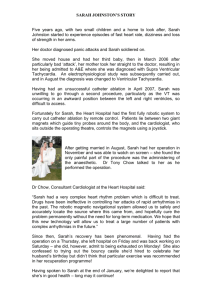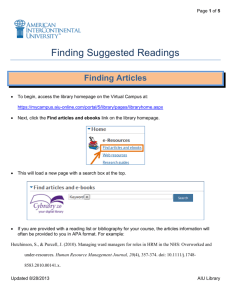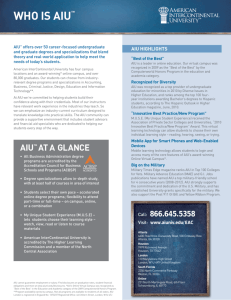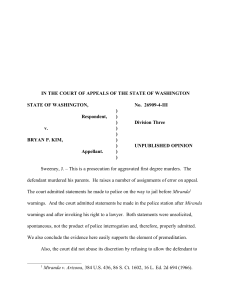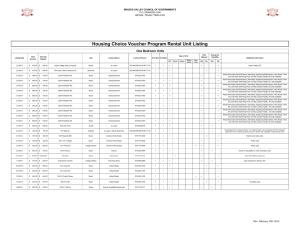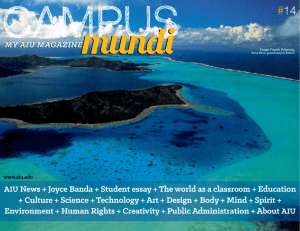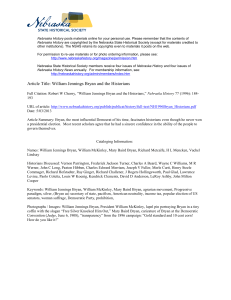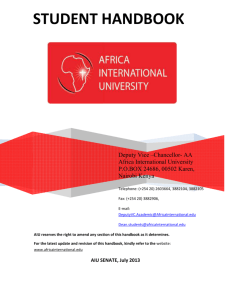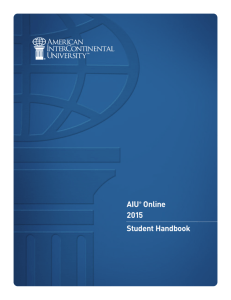7. Valerie - 7th - PreAlg - Analysis of Student Work
advertisement
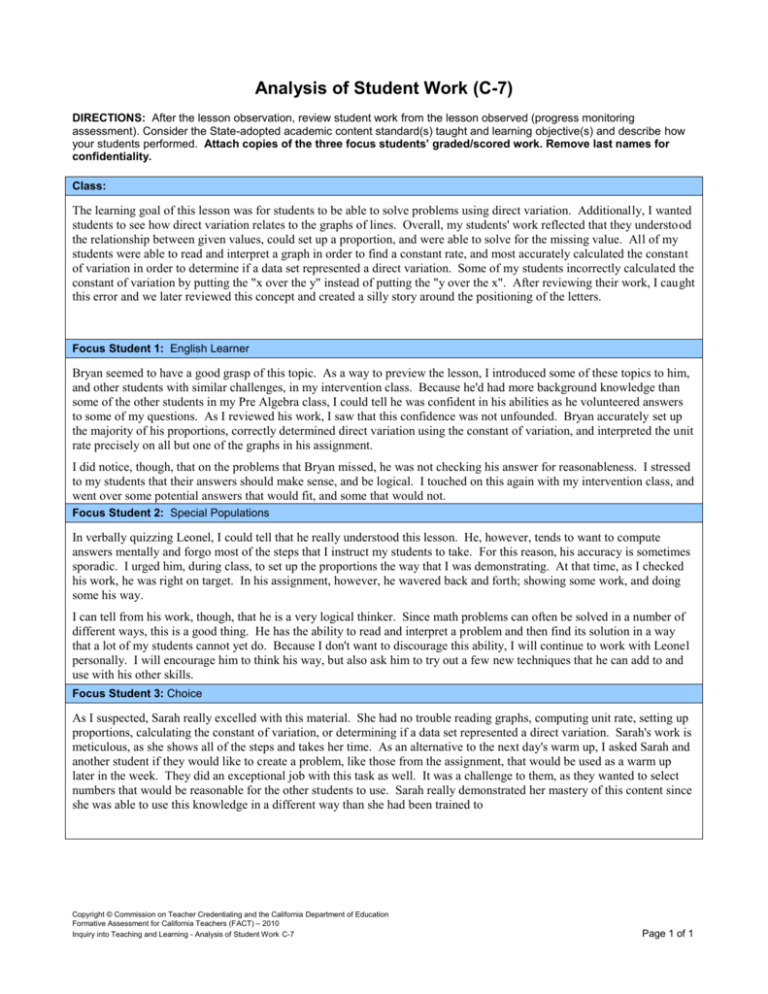
Analysis of Student Work (C-7) DIRECTIONS: After the lesson observation, review student work from the lesson observed (progress monitoring assessment). Consider the State-adopted academic content standard(s) taught and learning objective(s) and describe how your students performed. Attach copies of the three focus students’ graded/scored work. Remove last names for confidentiality. Class: The learning goal of this lesson was for students to be able to solve problems using direct variation. Additionally, I wanted students to see how direct variation relates to the graphs of lines. Overall, my students' work reflected that they understood the relationship between given values, could set up a proportion, and were able to solve for the missing value. All of my students were able to read and interpret a graph in order to find a constant rate, and most accurately calculated the constant of variation in order to determine if a data set represented a direct variation. Some of my students incorrectly calculated the constant of variation by putting the "x over the y" instead of putting the "y over the x". After reviewing their work, I caught this error and we later reviewed this concept and created a silly story around the positioning of the letters. Focus Student 1: English Learner Bryan seemed to have a good grasp of this topic. As a way to preview the lesson, I introduced some of these topics to him, and other students with similar challenges, in my intervention class. Because he'd had more background knowledge than some of the other students in my Pre Algebra class, I could tell he was confident in his abilities as he volunteered answers to some of my questions. As I reviewed his work, I saw that this confidence was not unfounded. Bryan accurately set up the majority of his proportions, correctly determined direct variation using the constant of variation, and interpreted the unit rate precisely on all but one of the graphs in his assignment. I did notice, though, that on the problems that Bryan missed, he was not checking his answer for reasonableness. I stressed to my students that their answers should make sense, and be logical. I touched on this again with my intervention class, and went over some potential answers that would fit, and some that would not. Focus Student 2: Special Populations In verbally quizzing Leonel, I could tell that he really understood this lesson. He, however, tends to want to compute answers mentally and forgo most of the steps that I instruct my students to take. For this reason, his accuracy is sometimes sporadic. I urged him, during class, to set up the proportions the way that I was demonstrating. At that time, as I checked his work, he was right on target. In his assignment, however, he wavered back and forth; showing some work, and doing some his way. I can tell from his work, though, that he is a very logical thinker. Since math problems can often be solved in a number of different ways, this is a good thing. He has the ability to read and interpret a problem and then find its solution in a way that a lot of my students cannot yet do. Because I don't want to discourage this ability, I will continue to work with Leonel personally. I will encourage him to think his way, but also ask him to try out a few new techniques that he can add to and use with his other skills. Focus Student 3: Choice As I suspected, Sarah really excelled with this material. She had no trouble reading graphs, computing unit rate, setting up proportions, calculating the constant of variation, or determining if a data set represented a direct variation. Sarah's work is meticulous, as she shows all of the steps and takes her time. As an alternative to the next day's warm up, I asked Sarah and another student if they would like to create a problem, like those from the assignment, that would be used as a warm up later in the week. They did an exceptional job with this task as well. It was a challenge to them, as they wanted to select numbers that would be reasonable for the other students to use. Sarah really demonstrated her mastery of this content since she was able to use this knowledge in a different way than she had been trained to Copyright © Commission on Teacher Credentialing and the California Department of Education Formative Assessment for California Teachers (FACT) – 2010 Inquiry into Teaching and Learning - Analysis of Student Work C-7 Page 1 of 1
